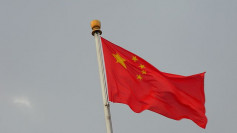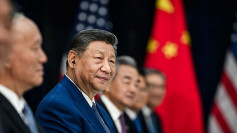Several American companies have opted to keep their manufacturing operations in China, according to a report from economic analysts. This is despite the fact that China and the United States are currently embroiled in a bitter trade war that has seen more than $50 billion in tariffs.
According to reports, a handful of these companies are still waiting for further development regarding the trade war between two of the world's biggest economies. While waiting for these developments, companies choose to remain in China with intentions to boost investments in neighboring countries like Vietnam. The report was published by The Economist Intelligence Unit Nick Marro who is an analyst based in Hong Kong.
In a statement, Panjiva research analyst Chris Rogers said that a lot of these American companies are talking about the possibility of change. Nevertheless, they remain positive that the trade tension between China and the United States will somehow cool down in the near future. Panjiva is a supply chain data company which is part of the bigger S&P Global Market Intelligence.
Mr. Rogers added that these American companies are waiting for developments about to be made at the upcoming G-20 summit in Buenos Aires. Chinese President Xi Jinping and U.S. President Donald Trump are expected to meet at the summit, and many believe that the topic of the trade war will be one of the highlights of the meet.
Many companies and market analysts are hoping that the G-20 summit will help diffuse trade tensions between China and the United States. The trade has not only hurt the companies of the two superpowers but has also severely impacted smaller economies that rely on the two big markets for imports and exports.
Many analysts believe that trade tariffs might help encourage American companies to find alternative manufacturing hubs outside of China. While this might spell trouble for the Chinese manufacturing industry, it might actually help spark the economies of developing nations. Moreover, there are some Chinese firms that are also looking for business and manufacturing opportunities outside of their native country. Some analysts believe that this could help build several Southeast Asian countries to be new manufacturing hubs.
The prospect of looking for alternative manufacturing hubs does not mean that companies will leave their current infrastructure in China. What many analysts believe is that while maintaining manufacturing operations in China, companies will look to boost their investment in other countries like Vietnam.






